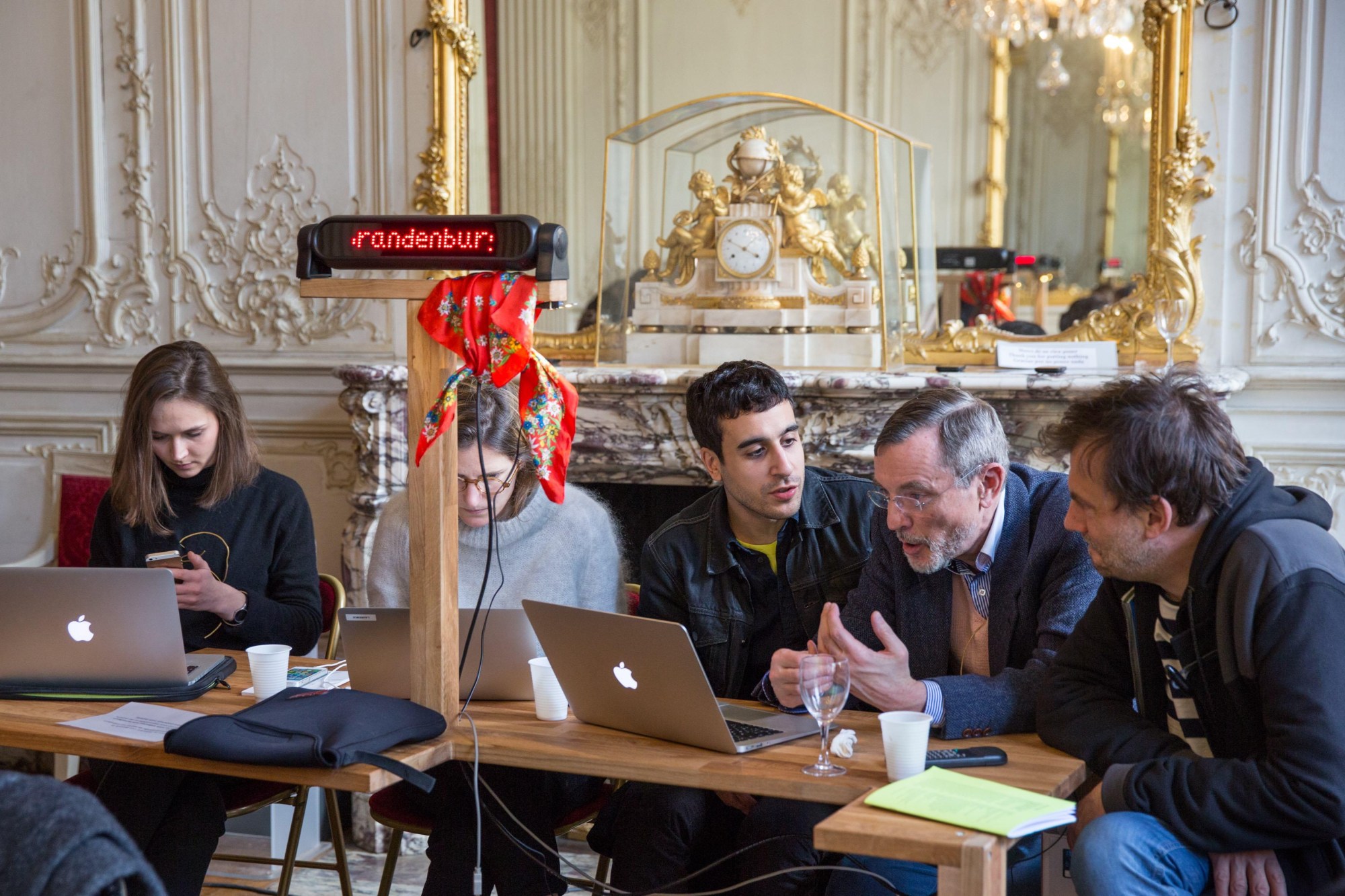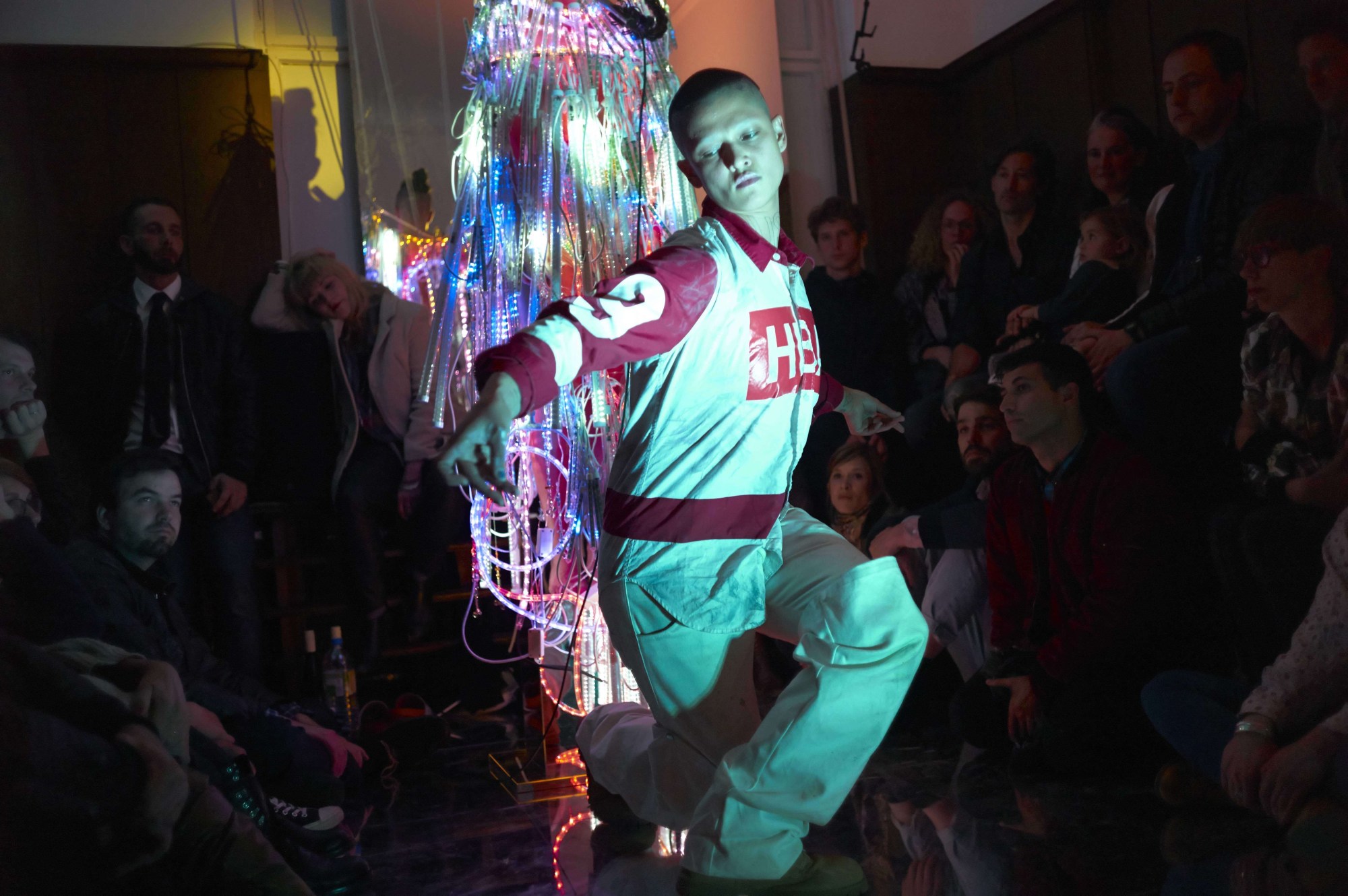Fun fact about Wikipedia: 88% of its contributors are male. In 2014, the group Art+Feminism — led by a collective of New York-based curators, artists, librarians, and media professionals — launched a campaign to correct this imbalance, by supplying information to underdeveloped Wikipedia entries for female and/or LGBT figures in the arts. Since its inception, Editathon Art+Feminisms has become an annual event open to the public. It comprises two days of internet activism and live workshops that attempt to put a dent in the digital gender gap. The Editathon asks us to consider: whose voices are missing online, and how can we spotlight those who are overlooked? And by updating pages, participants actively promote marginalized subjects.
International satellite events have sprung up everywhere from Australia to the UK and the Netherlands. In 2015, the worldwide output of Editathon was nearly 400 new articles and 500 improved entries; in 2016, the total jumped to 2000 new articles and 1000 improved entries. Data is still being compiled for this year’s edition, which happened over the weekend, but the figures have already surged beyond those of past iterations.

Last year’s event in Paris attracted more than 600 people, breaking a record. Both that edition and this year’s event took place at the Archives Nationales, a building with a complex symbolism: it shares a mission of conservation and public knowledge with Art+Feminism, yet epitomizes a normative institutional perspective that the campaign fights against.
The 2017 Paris edition focused on the work of American theorist and queer politics activist José Esteban Muñoz (1967-2013). Munoz disseminated the idea of “disidentification” — the distancing of a minority group from stereotypes of their culture via artistic practice. According to Munoz, art can be a key tool in the face of oppressive norms, and a strategy for survival, emancipation, and criticism.
The visiting public created or improved Wikipedia articles for subjects that Muñoz took as case studies: queer, black, and/or immigrant artists and movements. French language entries were created for dancer Lasseindra, musician Kiddy Smile, and actress Carmelita Tropicana; the Paris Is Burning entry was translated into French; entries on Jean-Michel Basquiat, Mykki Blanco, Felix Gonzalez-Torres, Ana Mendieta, and Toni Morrison were ameliorated. A partnership with Sorbonne Nouvelle prepared some 30 students to be cultural docents, to help the public rally for Wikipedia’s much-needed feminist and LGBT inclusion.
A small pop-up library allowed for further enlightenment. It included Teaching to Transgress, works by bell hooks, Black Is a Color, and an anthology from 1970 called Sisterhood Is Powerful — which had excerpts from SCUM (Society for Cutting Up Men), essays on “The Politics of Housework,” “Women in the Military,” and “To Be Black and Female,” as well as protest poetry about witches and a list of “consciousness-raising” movies (recommendations included L’Avventura and Rosalind Russell’s early films).

Critic and art historian Flora Katz — in partnership with multidisciplinary art organization Lafayette Anticipations — curated a schedule of events to complement the hours of Wikipedia-ing. They ranged from joyful (think: drag performance and confetti cannons) to academic (in-depth analyses and slideshows). There was a discussion-performance between Wu Tsang and Vaginal Davis, and a dance/saxophone performance by Boychild and Bendik Giske (which will also be presented in Berlin at Berghain). There were talks by art critic and historian Elvan Zabunyan, by Performance Studies specialist Hypatia Vourloumis, and by “wikipedien-ne” Kvardek du.
“It’s a bit of contamination,” says Katz. “We want to diffuse the spirit of Munoz: a little bit of magic! And maybe that will continue in real life, in the lives of the public. We’re a toolbox: that’s the aim. We want people to pay a little more attention to the inequalities, to the absences.”
Credits
Text Sarah Moroz
